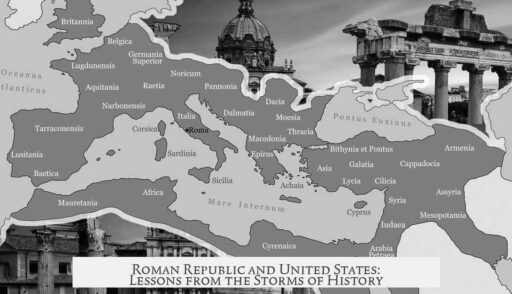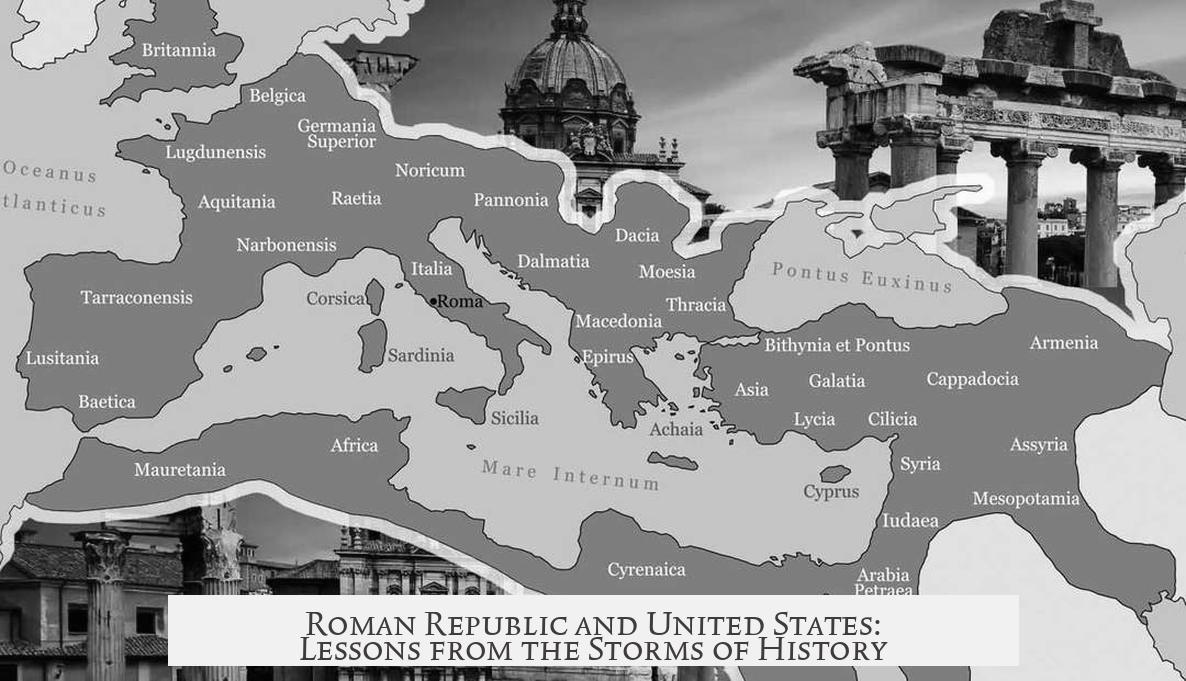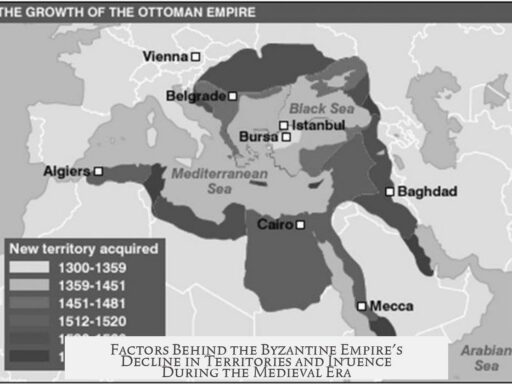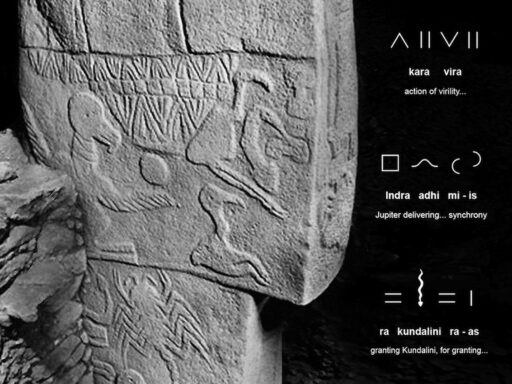The Storm Before the Storm: Similarities of the Roman Republic and the United States lies at the intersection of popular history and current political discourse. Mike Duncan’s book attempts to link the internal dynamics of the Roman Republic’s decline with issues faced by the United States. However, the book faces critical challenges in accuracy, methodology, and scholarly reception that cast doubt on its conclusions.
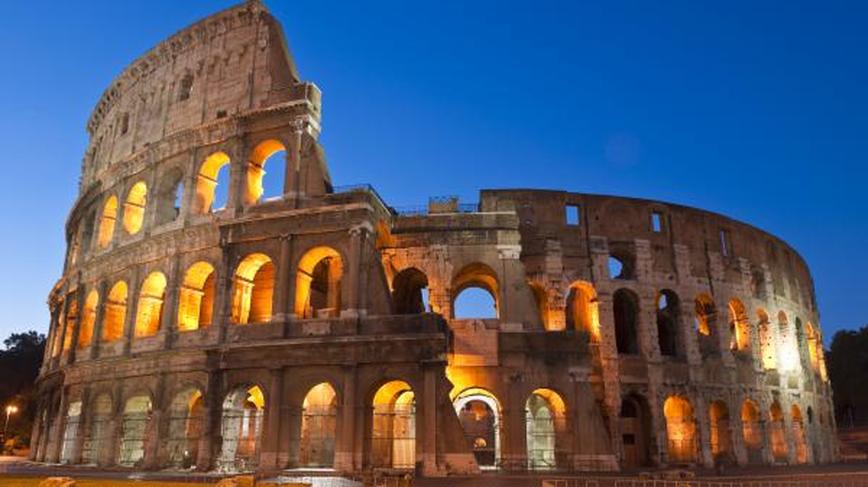
At its core, The Storm Before the Storm aims to draw parallels between Rome’s political and social breakdown and modern American trends. The premise suggests that patterns of political factionalism, institutional decay, and breaking norms foreshadowed Rome’s collapse and may now apply to the U.S. This argument appeals to readers concerned about contemporary political instability by using Roman history as a cautionary tale.
Despite its popularity among general audiences, especially those with moderate left-leaning views, the book did not receive significant attention or endorsement from academic historians specializing in Roman history. This lack of academic support raises questions about the work’s validity. Serious scholarship demands rigorous evidence and methods, including critical engagement with sources and historiography, which critics argue Duncan lacks.
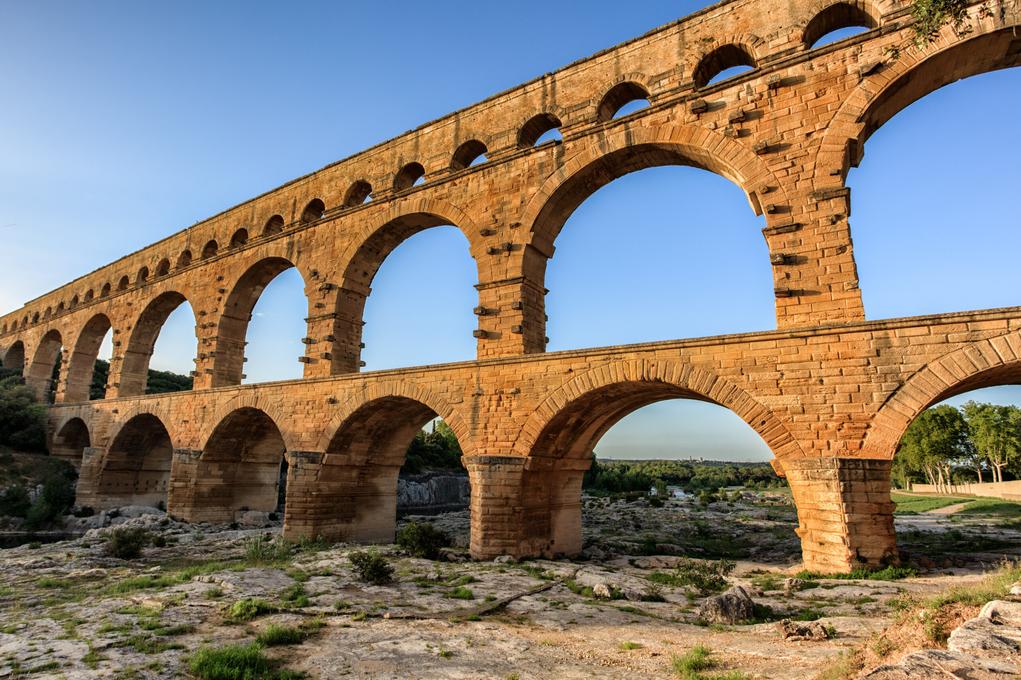
A key criticism involves Duncan’s historical expertise. While he is a compelling storyteller, he is not a trained historian. This difference matters because professional historians apply systematic scrutiny and questioning. In contrast, popular histories sometimes start with a desired conclusion and select—or even create—evidence to fit that narrative, a flaw evident in Duncan’s approach.
- The book often relies on ancient sources without critical analysis.
- It cherry-picks details aligning with its thesis, neglecting counterarguments.
- It uses dated secondary sources without reflecting current academic debates.
This methodology results in simplified, sometimes incorrect details. Critics argue that if the foundational facts are questionable, then broad conclusions about Rome and the U.S. lose credibility. One user, XenephonTheAthenian, specifically demonstrated gaps in Duncan’s grasp of Roman history, further undermining his thesis.
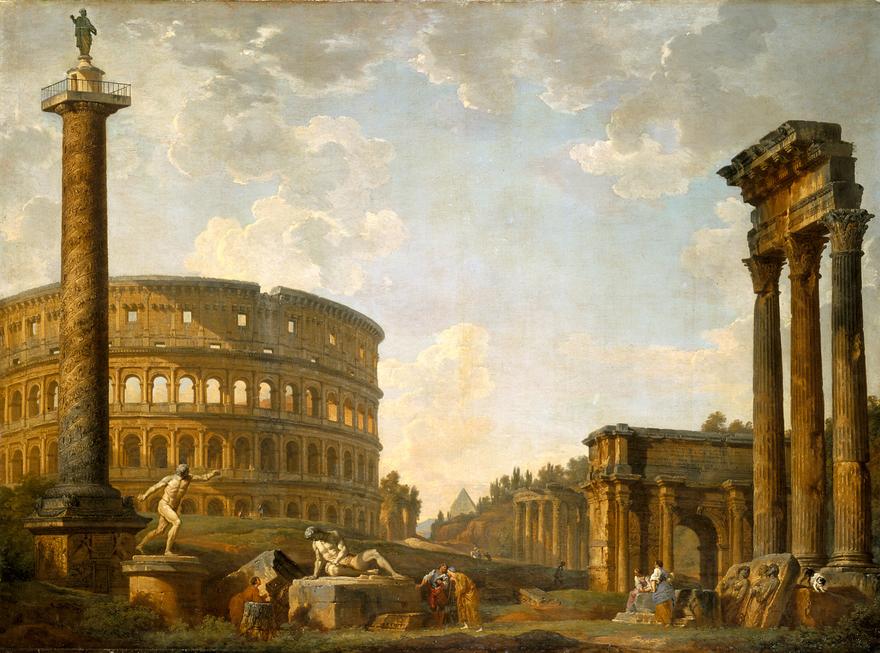
The book’s narrative resembles Colin Woodward’s American Nations in its thesis-driven method. Both works seemingly find themes first and then seek confirming evidence. Such approaches risk ignoring complexity, nuance, and contradictory data that a balanced historical understanding requires.
Beyond factual errors, The Storm Before the Storm exemplifies the tension between popular and academic history. Popular history often aims for accessibility and broad appeal but can sacrifice accuracy and depth. Academic history prioritizes critical analysis, questioning narratives, and engaging with foreign texts—particularly essential in ancient history, where scholars translate and interpret non-modern languages and sources.
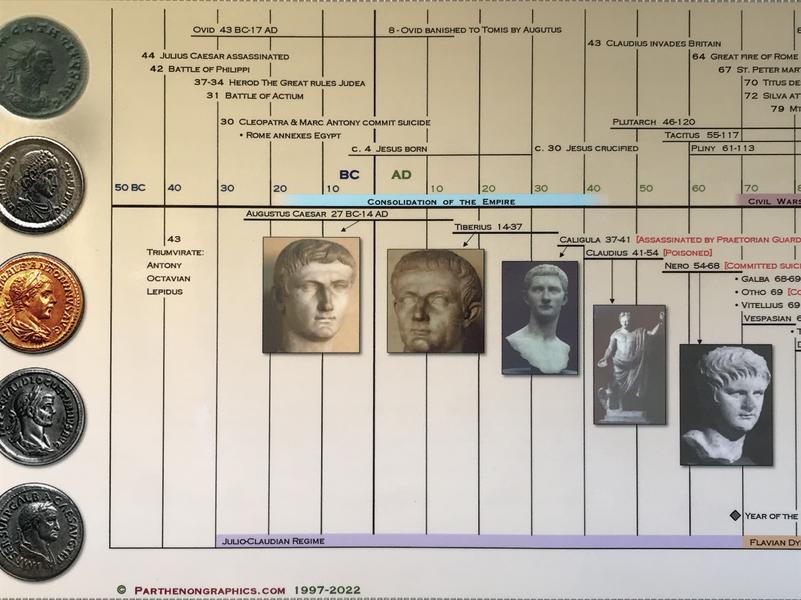
“History, especially ancient history, is a study of foreign literature, and the business of the historian is not to ‘tell it like it is’ but to undermine assumptions and reevaluate interpretations.”
Rome itself serves as a potent symbol in Western culture. Many states over 1500 years have modeled institutions and ideals on Rome. Debates over Rome’s fall have ranged widely, attributing causes to everything from economic troubles and immigration to environmental factors. This flexibility makes Roman history a varied toolkit for contemporary concerns but also a caution against oversimplified analogies.
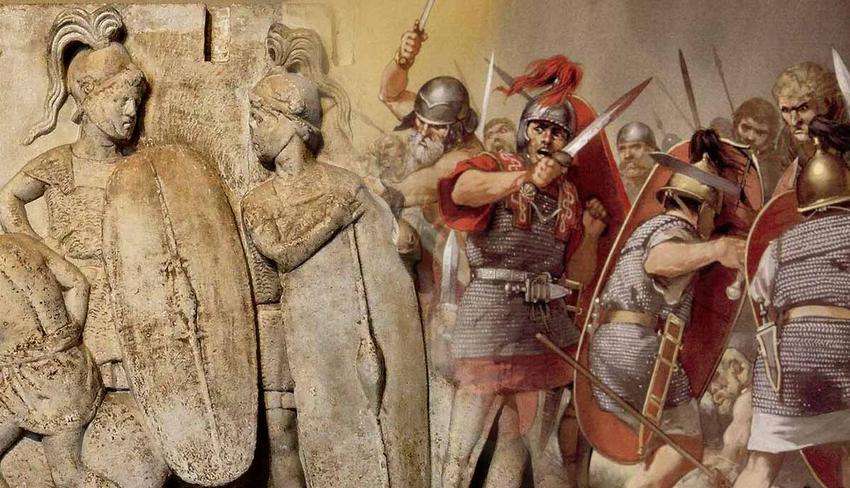
In summary, recognizing the thematic similarities between the Roman Republic and the United States enriches political discourse. Yet, careful historical method must accompany such comparisons to avoid misleading conclusions. The Storm Before the Storm provides an engaging narrative but falls short on scholarly rigor.
| Aspect | The Storm Before the Storm | Academic History |
|---|---|---|
| Approach | Thesis-driven, selective evidence | Critical, source-based analysis |
| Expertise | Storyteller without formal training | Professionally trained historians |
| Reception | Popular but ignored by scholars | Subject to peer review and debate |
| Use of Sources | Uncritical use of ancient texts | Rigorous source criticism |
- Mike Duncan’s book is popular but lacks academic support and methodological rigor.
- Its parallels between Rome and the U.S. simplify complex historical realities.
- Popular history can misrepresent history by avoiding critical questioning.
- Ancient Rome remains a key reference point but requires nuanced interpretation.
- Readers should consult original texts and scholarly works for deeper understanding.
The Storm Before the Storm: Unpacking the Parallels Between the Roman Republic and the United States
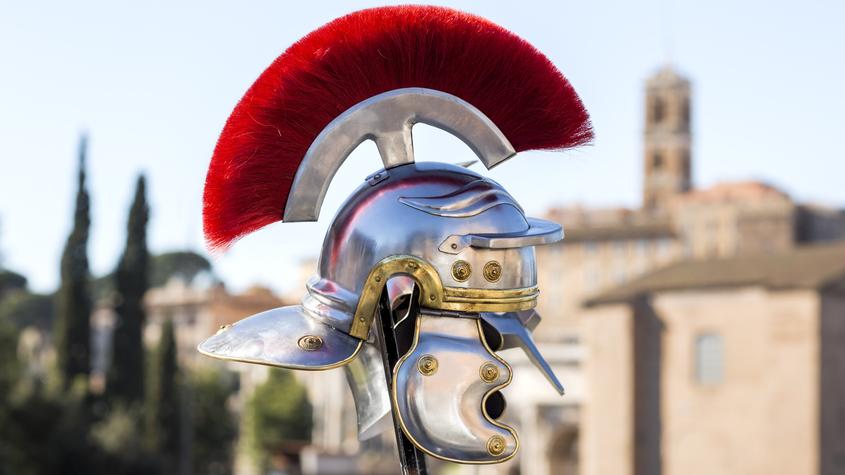
What connects the ancient Roman Republic with the modern United States? On the surface, the two seem separated by millennia and miles, yet historians and enthusiasts often draw startling parallels. Mike Duncan, in his popular book The Storm Before the Storm, argues that the political turmoil of late Roman Republic eerily echoes the challenges facing the United States today. But should we take this comparison at face value? Let’s dig a bit deeper.
It’s easy to be swept away by the drama and chaos of Rome’s twilight years and project those patterns onto our own republic’s troubles. But this approach carries risks. Duncan’s tale is engaging but riddled with methodological issues. He tells a compelling story but lacks the rigor and nuance of academic history. What does that mean for us curious readers trying to understand what history can teach us?
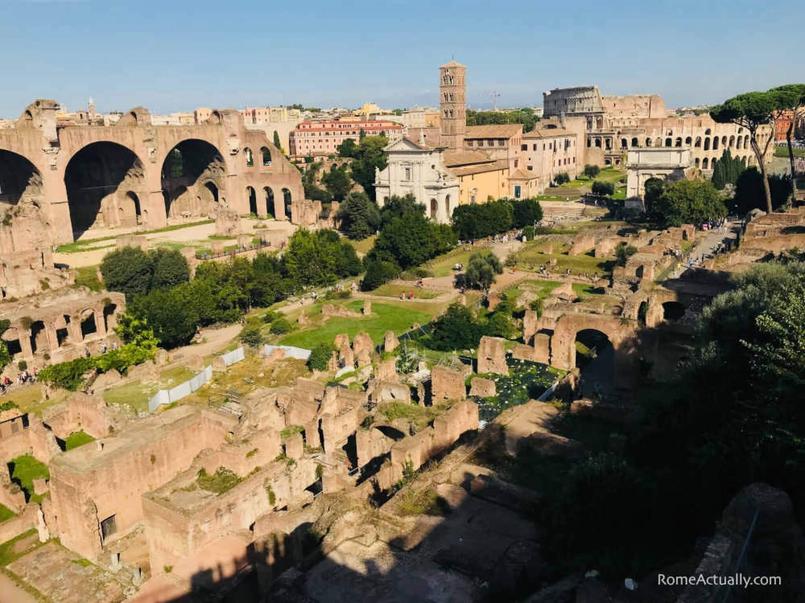
Popular History vs. Academic History: Why It Matters
Mike Duncan is a gifted storyteller. His podcast and books attract many who prefer history served with flair rather than dense jargon. But in academic circles, his work faces skepticism. Historians criticize The Storm Before the Storm for oversimplifying complex events and drawing broad conclusions from selective, sometimes dubious evidence.
Here’s an important distinction: academic historians don’t just narrate events; they analyze sources meticulously. They question narratives instead of accepting them at face value. This critical eye is crucial for understanding messy, multifaceted events like Rome’s political collapse or America’s current divisions.
Popular history, by contrast, often presents history as a straightforward story with clear villains and heroes. While accessible, this style risks missing nuances. Worse, it can become “aggressively anti-intellectual,” shutting down debate rather than encouraging it. If history is about learning, shouldn’t it invite more questions rather than close them?
Do you ever wonder how much of what we read about history ends up simplified just for dramatics? In Duncan’s case, critics note he picks ancient sources randomly, rarely evaluating their reliability or context—a big no-no in historical research. Imagine diagnosing a complex illness from a couple of symptoms while ignoring the rest. That’s how some accuse his approach.
Rome as a Mirror for America: Timeless Warning or Flawed Analogy?
Rome represents a kind of cultural cipher. It’s the archetypal Western state. Nearly every European-derived government over the last 1500 years looks back to Rome for inspiration or caution. So naturally, people draw parallels between the Republic’s demise and our current political climate.
But why did Rome fall? The answers are plenty and conflicting. Scholars debate factors ranging from currency devaluation to immigration, to environmental degradation. Everyone seems to find a piece of their pet issue in Rome’s collapse. But the danger lies in oversimplifying a complex collapse into a neat warning label.
Duncan, for example, highlights the “breakdown of norms” in the late Republic—the erosion of unwritten rules and mutual tolerances that held the system together. It’s a tempting explanation. Yet, this claim requires solid evidence from diverse sources, which critics say Duncan fails to provide. Good history needs more than catchy theses; it needs solid groundwork.
What Can We Actually Learn from Rome’s Turmoil?
Despite Duncan’s flaws, the idea that political institutions can erode from within, losing the “grace” that holds them together, is worth discussing. Rome’s late Republic saw enormous political polarization, elite self-interest, and institutional strain—issues also visible in today’s America.
- Political Polarization: In Rome, factions battled fiercely, straining cooperation. Sound familiar?
- Elite Dominance: Both societies have elites whose interests sometimes override the common good.
- Institutional Stress: Rules and norms can only hold for so long without collective respect and enforcement.
But here’s where nuance is key. Rome’s context—its demographics, economy, military pressures, and social structure—was very different. Lessons from Rome must be carefully adapted, not directly transplanted. Otherwise, we might get overwhelmed by alarmist predictions rather than actionable insight.
How Should We Approach Historical Analogies Then?
So if Duncan isn’t telling us the full story, should we chuck the whole idea of comparing Roman and American politics? Not at all. Historical analogies are fantastic tools—if used with care. They help us reflect on our current challenges and imagine possible futures. But they require humility and rigor.
Here’s a practical tip for history fans: always consider the source. When you encounter sweeping claims like “The fall of Rome is happening again in the U.S.,” ask these questions:
- What sources back this up? Are they diverse and critically evaluated?
- Does the author address counterarguments and complexities?
- Is the analogy highlighting useful patterns or just selective coincidences?
- Does it acknowledge historical differences and context?
Engaging with history is like solving a giant puzzle. Each piece—each fact, source, and interpretation—must fit carefully rather than forcing them to support a beloved theory.
The Bigger Picture: Why We Crave Stories Like Duncan’s
What’s behind the popularity of books like The Storm Before the Storm? People crave narratives that help make sense of today’s political chaos. Ancient Rome feels like a distant yet eerily familiar mirror. We seek patterns and hope for warnings.
Yet we must remember history’s complexity and avoid the trap of comforting explanations that lack rigor. As one critic puts it, Duncan’s work is “crap” in academic terms—not because storytelling is bad, but because a thesis-driven approach with selective evidence can mislead us.
Still, reading such books can spark curiosity. Maybe the best use of Duncan’s work is as a springboard to explore original ancient texts yourself. Major sources on Rome’s Republic are freely available online—Plutarch, Cicero, Sallust, and others. Diving into these texts with a critical eye builds your own informed perspective.
Final Thoughts: Navigating The Storm Before the Storm
The Roman Republic’s downfall and the United States’ current turbulence share some broad themes—political division, elite dysfunction, weakening institutions. Yet the details caution us against simple comparisons and alarmist conclusions.
If history teaches anything, it’s humility. We learn best by questioning, challenging narratives, and embracing complexity. Mike Duncan’s The Storm Before the Storm catches attention but falls short academically. Take its lessons with a grain of salt and pursue a richer, more rigorous understanding instead.
Are we in the eye of a modern storm or simply facing another chapter in a long, resilient republic story? The truth lies in the details, demanding more than catchy headlines and neat analogies. History is not a crystal ball—it’s an invitation to think harder about our future.
So, what do you think? Are the parallels between Rome and the U.S. warnings or just tempting stories? How deeply should we let ancient history shape our political concerns today? The dialogue continues.
What are the main criticisms of Mike Duncan’s “The Storm Before the Storm”?
The book lacks historical expertise and rigorous analysis. Duncan often picks evidence to fit his thesis without considering counterarguments. His narrative oversimplifies complex events and contains factual errors.
How does popular history differ from academic history according to the critiques?
Popular history tends to avoid questioning its own narratives and often promotes anti-intellectual views. Academic history focuses on questioning evidence, reevaluating assumptions, and careful source analysis.
Why is the comparison between the Roman Republic and the United States considered problematic in Duncan’s work?
Duncan draws direct parallels without sufficient evidence or systematic method. He ignores the complexities of each society and the historiography involved, leading to questionable conclusions.
Why is Rome considered a “cipher” for Western states?
Rome serves as a model for many Western states over 1500 years. Its story is often used to support various political or social arguments, sometimes oversimplified or misapplied.
What makes the fall of Rome a contentious topic among historians?
There is no consensus on why Rome fell. Causes suggested range from economic issues to immigration and environmental factors. This makes it easy to link Rome’s decline to modern concerns.
